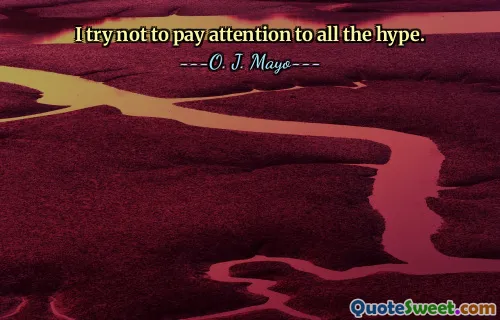
In practice, the Internet functions more frequently as a hive of distraction, a simulated world through which most of us flit from one context to the next . . .
Steve Almond highlights a pervasive reality of our digital age: the Internet's role as more than just a tool for information or connection, but as a magnet for distraction and fragmented attention. This characterization resonates deeply with how many people navigate the online world today. Instead of a steady pursuit of knowledge or meaningful interaction, much of our online time resembles rapid, surface-level engagement, shifting from one stimulus to another without maintaining focus or depth.
The metaphor of a 'hive of distraction' evokes an image of constant buzzing activity—a flurry of notifications, updates, and competing content clamoring for our attention. This environment can overwhelm our cognitive resources and diminish our ability to engage thoughtfully or creatively. It suggests that the Internet, rather than being a stable platform for learning or relationship-building, often acts as a simulated reality, a space where fleeting impressions replace sustained attention.
This reality has significant implications for our mental well-being and social fabric. As we flit from context to context online, there is a risk of diminishing our capacity for deep reflection, critical thinking, and meaningful connection. The quote subtly calls us to awareness, hinting at the paradox of digital life: the very devices designed to connect us and enrich our experiences can also scatter our focus and dilute our presence.
Yet, understanding this dynamic can empower users to reclaim intentionality in their online practices. By recognizing the hive-like distraction, we can strive to create digital habits that foster balance, mindfulness, and deeper engagement, transforming the Internet from a mere distraction hub into a tool that enhances our lives.











